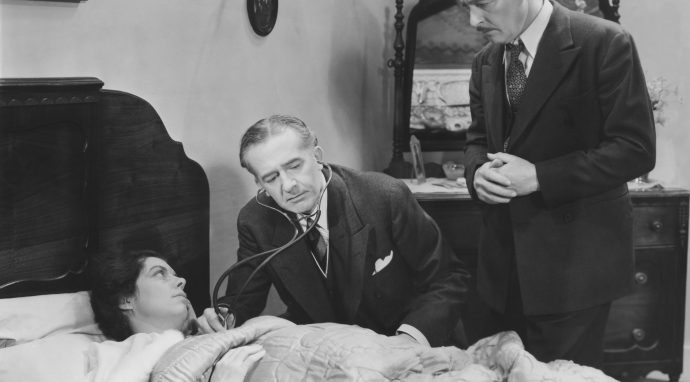Remember when doctors would do house calls? No? Me either. It seems like something that may still happen in tiny towns (if they still have a local provider) or in the “olden” days. It seems like such a great way to receive care, not leaving and having the doctor know about your home and social environment. It also provides small ways to empower (not de-humanized) patients and physicians to have a deeper understanding of the patient. These are both important keys in improving satisfaction and adherence to treatment plans. Could it be coming back? Through telemedicine, I think it can, but it definitely looks different.

Most people are aware that telemedicine has exploded during the pandemic. It has taken a pandemic to make its use standard in many clinics and health systems, including changes in policy to allow for reimbursement. This isn’t to suggest that telemedicine will be used to the extent that it was during the pandemic. Many things can’t be done over telemedicine, and I am not suggesting that. However, some things can continue to be practiced via telemedicine.
My research found a reluctance to experience a telemedicine visit without their primary care provider, demonstrating that the relationship with the provider is the critical factor for patients’ adoption.
For providers, some different challenges and barriers face them in utilizing the service. But providers have several new opportunities to learn about the patients’ home environment and social context that was never available before. For instance, the provider can ask the patient to gather their medications and see how they organize them; they can assess gait in the home environment to determine if assistive equipment is needed (or being used) and if there are fall hazards in the home. Provider training should be available to demonstrate best practices in using telemedicine. For instance, my collaborators and I have developed training for medical students in how best to effectively use telemedicine specifically for rural populations (funded by the Michigan Health Endowment Foundation).
Additionally, while many access questions need to be addressed, there are a few bright spots. Anecdotally, some data suggest that patients in low-resource environments have fewer no-shows for telemedicine appointments because they don’t have to take as much time off work or don’t have to find additional childcare. It can also provide an avenue for building better provider-patient communication. It can allow the patient to be more empowered because they are comfortable (wearing their clothes). Additionally, there are new ways that patients and physicians can interact. For instance, they can share a screen to discuss lab results, record parts of the medical consultation for later review, and review information online that the patient might want to discuss.
The house visit most certainly looks different, but it may be coming back through telemedicine.